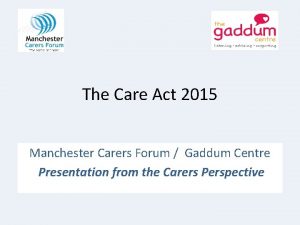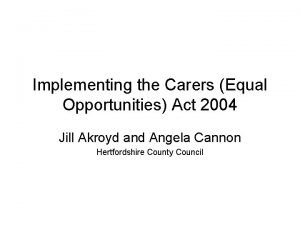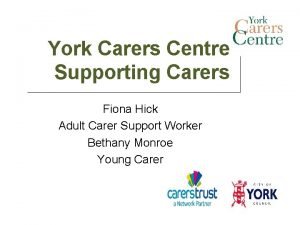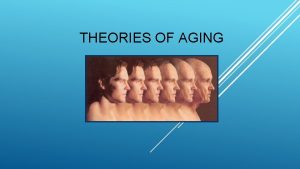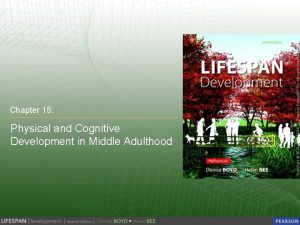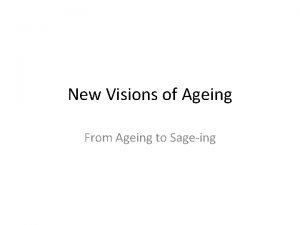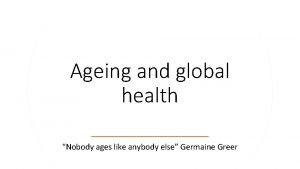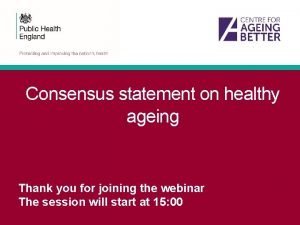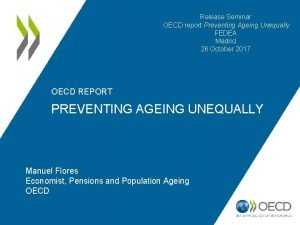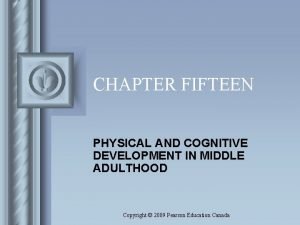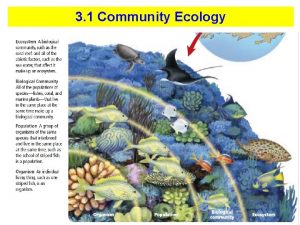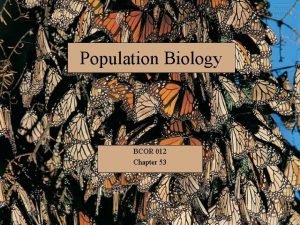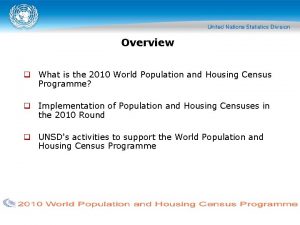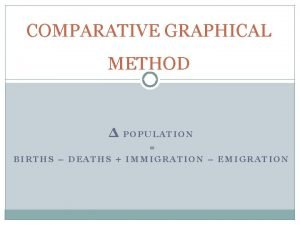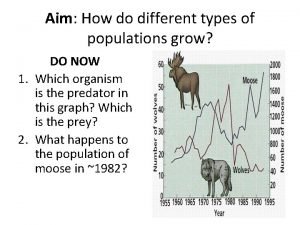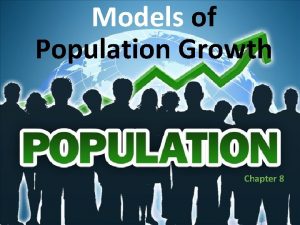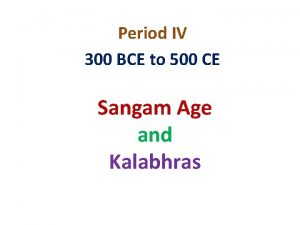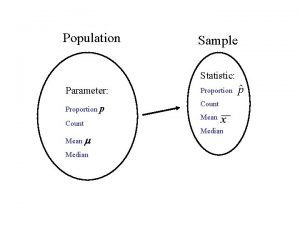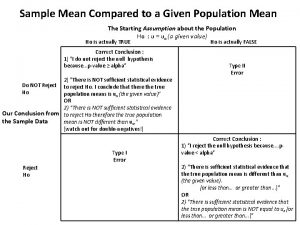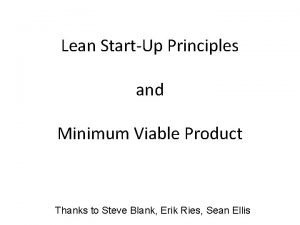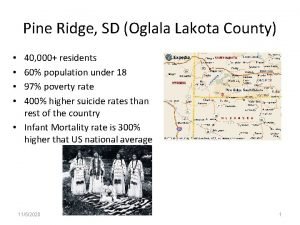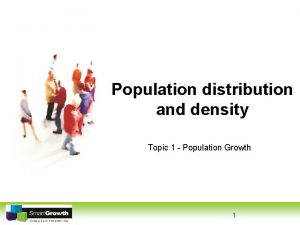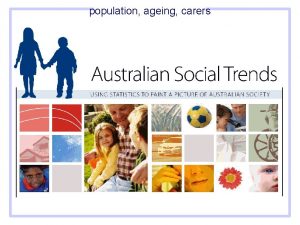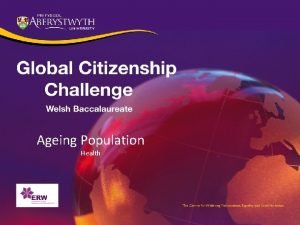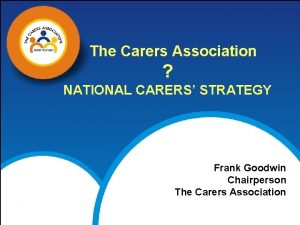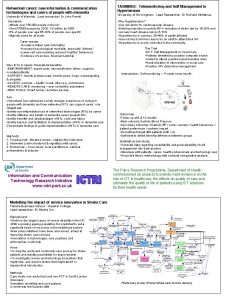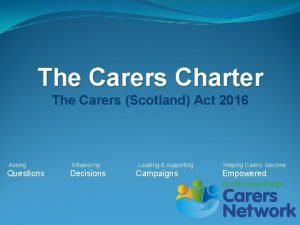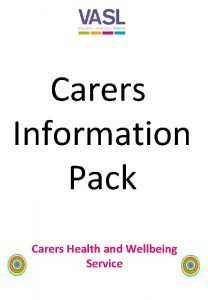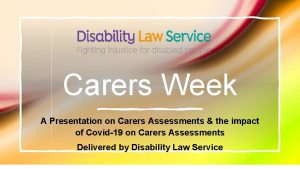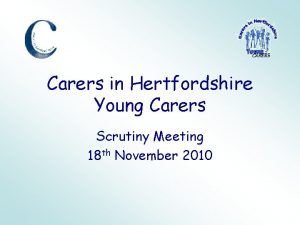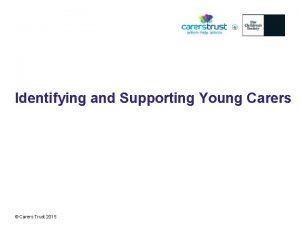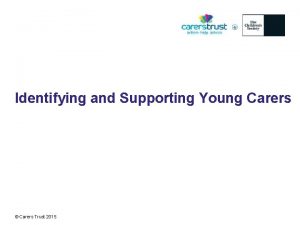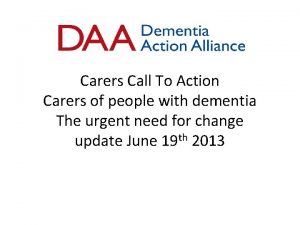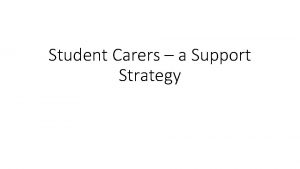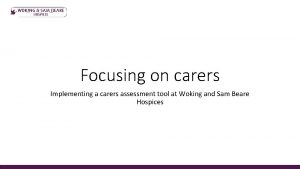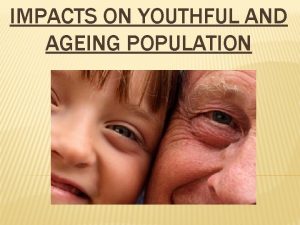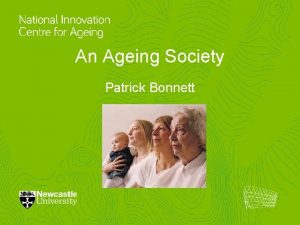population ageing carers population ageing carers population ageing








































- Slides: 40

population, ageing, carers

population, ageing, carers

population, ageing, carers Population Ageing Future population growth and ageing Retirement and retirement intentions Trends in superannuation coverage

population, ageing, carers From around 21 million people in 2006, Australia’s population is projected to grow to: Between 30. 9 million and 42. 5 million in 2056 Between 33. 7 million and 62. 2 million in 2101

population, ageing, carers Proportion of population aged 65 years and over

population, ageing, carers Currently: 5 working age people for every retirement age person In 50 years: 2½ : 1

population, ageing, carers Employment rate vs retirement intentions

population, ageing, carers Source: 2007 Intergenerational Report, Australian Treasury

population, ageing, carers

population, ageing, carers Older households with income support as their main income

population, ageing, carers Retirement 1 million people will retire in the next 10 years Women retire younger than men 15% of workers never intend to retire People are planning to work for longer Most common reason for retirement? Health

population, ageing, carers Main expected source of income at retirement — 2007

population, ageing, carers Retirees’ main source of personal income — 2007

population, ageing, carers

population, ageing, carers Average superannuation balances — 2007

population, ageing, carers Sources of superannuation contributions — 2007

population, ageing, carers A Profile of Carers in Australia cat no 4448. 0 Released 14 October 2008 Four main sources: Survey of Disability, Ageing and Carers ABS 2006 Census of Population and Housing How Australians use their time; and General Social Survey Further information in the Survey of Employment Arrangements, Retirement and Superannuation.

population, ageing, carers Carers age profile — 2003 Source: ABS 2003 Survey of Disability, Ageing and Carers

population, ageing, carers Disability — 2003 Source: ABS Survey of Disability, Ageing and Carers

population, ageing, carers Primary carers 475, 000 primary carers in 2003 19% of all carers 71% of primary carers were female Often related to the person they were caring for

population, ageing, carers Reasons primary carers took on a carer role — 2003 Source: ABS 2003 Survey of Disability, Ageing and Carers

population, ageing, carers Indigenous status of carers — 2006 Source: ABS 2006 Census of Population and Housing

population, ageing, carers PRIMARY CARERS, average hours spent caring per week by age of main recipient of care— 2003 Source: ABS 2003 Survey of Disability, Ageing and Carers

population, ageing, carers Time spent on domestic activities — 2006 Source: ABS 2006 Time Use Survey

population, ageing, carers Community involvement — 2006 Source: 2006 General Social Survey

population, ageing, carers Employment Two-thirds of carers aged 15 -64 were employed compared with around three-quarters of non-carers Carers more likely to work part-time

population, ageing, carers Low income households — 2003 Source: ABS 2003 Survey of Disability, Ageing and Carers

population, ageing, carers Main source of personal income — 2003

population, ageing, carers Financial stress — 2006 Source: ABS 2006 General Social Survey

population, ageing, carers Employed primary carers — 2003

population, ageing, carers Primary carers who were not employed — 2003

population, ageing, carers Reasons primary carers had left work just before taking on caring role — 2003

population, ageing, carers Reasons primary carers had left work to commence or increase care — 2003

population, ageing, carers Selected effects on income and expenses – 2003

population, ageing, carers Young adult carers In 2003, around 246, 000 young carers aged 15 -24 years. Around 19, 000 of these were primary carers. Those aged 19 -24 were less likely to have completed year 12 than non-carers Slightly higher rates of part-time work than non-carers. Less time on leisure than non-carers More time on domestic activities

population, ageing, carers Carers aged 35– 54 years Around 1 million (18%) in 2003 Among people aged 35 -54 years, 14% were caring for 1 person and 4% for two or more people. Women had higher carer rates than men (21% compared with 15%)

population, ageing, carers Older carers In 2003, 18% of all carers were aged 65+ 24% of primary carers aged 65+ 83% of older primary carers who lived with the recipient were assisting their spouse 61% of these older carers had a disability themselves

population, ageing, carers Number of carers needed expected to increase: particularly with the ageing population movement towards shorter hospital stays, emphasis on ‘ageing in place’ and staying in the community rather than using institutional care.

population, ageing, carers Coming up… Future issues of AST Will include articles on: Homelessness (June) • Health literacy (June) • Carers (Sept) • Risk factors for chronic disease: obesity, smoking, alcohol (Sept) •

population, ageing, carers Further information www. abs. gov. au Australian Social Trends ABS catalogue number 4102. 0 Linda Fardell linda. fardell@abs. gov. au Phone: (02) 6252 7187 Dr Paul Jelfs paul. jelfs@abs. gov. au Phone: (02) 6252 6690
 Greater tokyo population
Greater tokyo population Barnet carers
Barnet carers Carers allowance and universal credit
Carers allowance and universal credit Manchester carers forum
Manchester carers forum Suction training for carers
Suction training for carers Equal opportunities act 2004
Equal opportunities act 2004 York young carers
York young carers Greater manchester ageing hub
Greater manchester ageing hub Age stratification
Age stratification Denny's model of physical and cognitive ageing
Denny's model of physical and cognitive ageing Ageing to sageing
Ageing to sageing Fantasy makeup definition
Fantasy makeup definition Ageing suit
Ageing suit Healthy ageing
Healthy ageing Preventing ageing unequally
Preventing ageing unequally Denny's model of physical and cognitive ageing
Denny's model of physical and cognitive ageing Section 1 population dynamics answer key
Section 1 population dynamics answer key Population ecology section 1 population dynamics
Population ecology section 1 population dynamics Population ecology section 1 population dynamics
Population ecology section 1 population dynamics Chapter 4 population ecology section 1 population dynamics
Chapter 4 population ecology section 1 population dynamics Ecology vocabulary list
Ecology vocabulary list How to find frequency in grouped data
How to find frequency in grouped data Population examples biology
Population examples biology 2010 world population
2010 world population Comparative graphical method of population forecasting
Comparative graphical method of population forecasting Confidence interval for population mean
Confidence interval for population mean Whats a density dependent limiting factor
Whats a density dependent limiting factor What are the two types of population growth
What are the two types of population growth S and j curves
S and j curves Sswh tax meaning
Sswh tax meaning What is matched pairs design
What is matched pairs design What is a sample in statistics
What is a sample in statistics Répartition population japon
Répartition population japon Population mean from sample mean
Population mean from sample mean What is this problem
What is this problem Lakota population
Lakota population Tabel nomogram harry king
Tabel nomogram harry king Spain population projections
Spain population projections Population
Population Population distribution
Population distribution Open population
Open population



